Hiking up the lower slopes of the Loita Hills at Maji Moto usually begins at one of the area’s numerous Luxury Camps. A communications pole at an old abandoned Kenya Civil Aviation relay station in the hills is visible from Maji Moto. This is where the most popular path in the region ends.
The path to the tower winds over broad crumpled brown granite surfaces, punctuated by resilient plants and trees that have adapted to this climate. The fragrant scent of Carissa Edulis bushes (Olamuriaki in Maasai language) in bloom wafts through the air as you climb this route, encouraging you to put your worries behind as you halt your stride and take long deep breathes. This plant’s glossy green leaves contrast attractively with the hairy silver leaves of the Tarchonanthus Camphoratus called Camphor Bush bushes (Leleshwa in Maasai language) that are abundant in the vicinity.
Impressive stands of Euphorbia Candelabrum, also known as the Candelabra tree (Ol-Pongoni in Maasai), occasionally protrude their crowns of succulent branches above these plants, giving another layer to the unexpectedly diversified dry land forest on the Loita Hills’ lower slopes. The understory of this unusual woodland comes alive with a vivid profusion of orange blossoms of medicinal Aloe succulents spread over the terrain at certain periods of the year. These are complemented by a variety of other less visible, but as stunning wildflowers.
You arrive at the gate surrounding the telecommunication tower compound, your target, all too soon.
Other routes extend farther and higher up this large mountain range, offering limitless possibilities of regions to roam around to your hearts content for those wishing to explore more of the forest. Every curve reveals new views of the Loita plains below, as well as the slopes and valleys that intersect the Loita Hills.

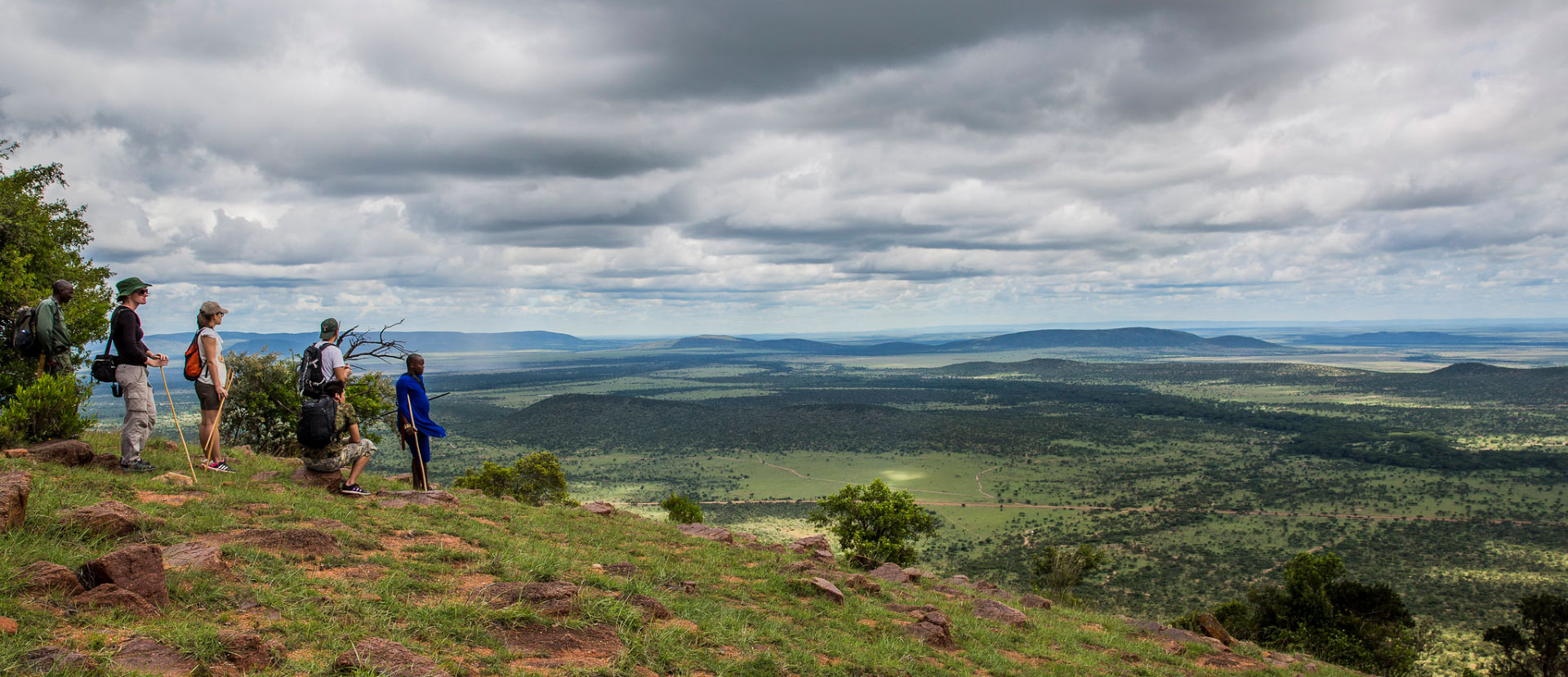
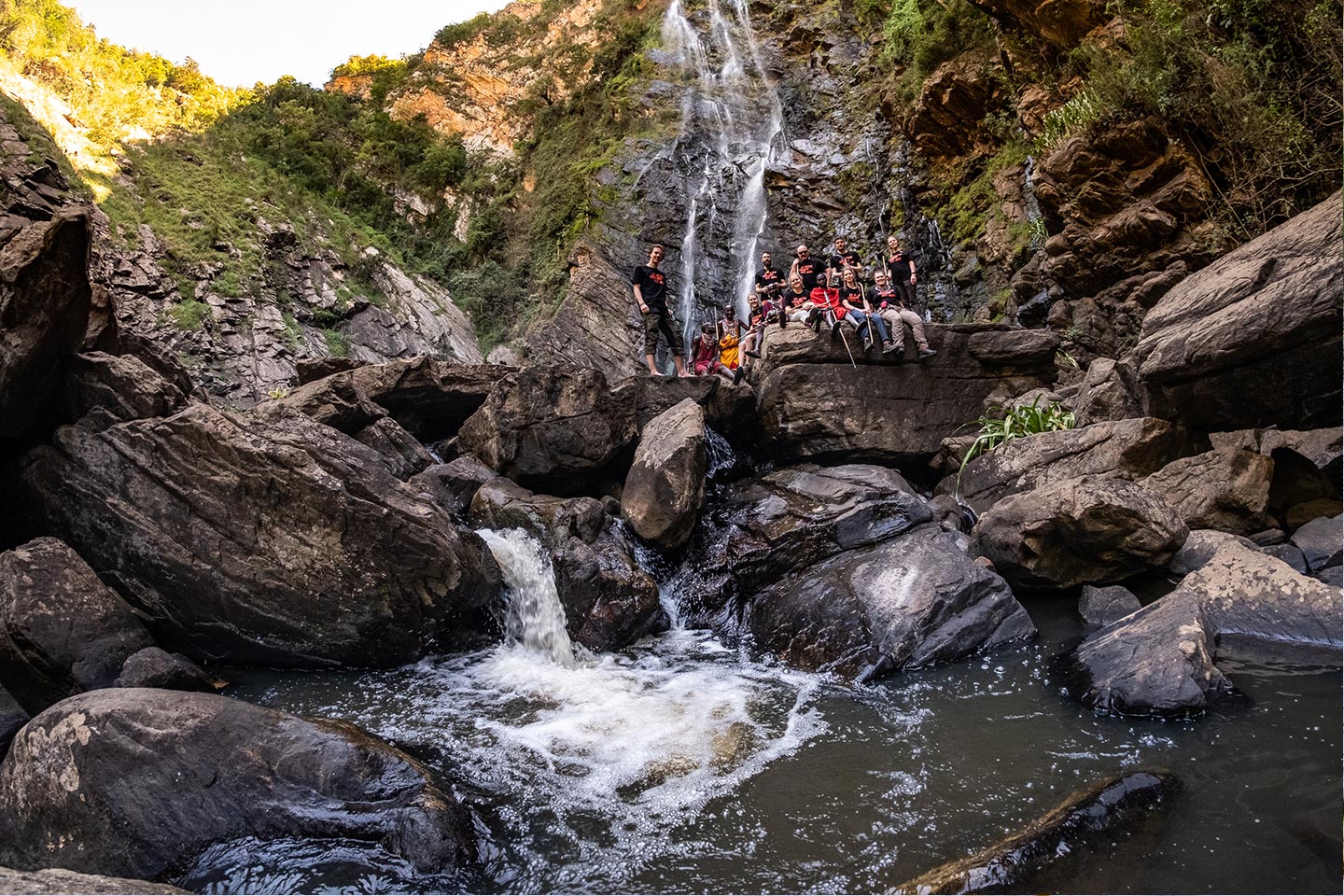 How to Get There
How to Get There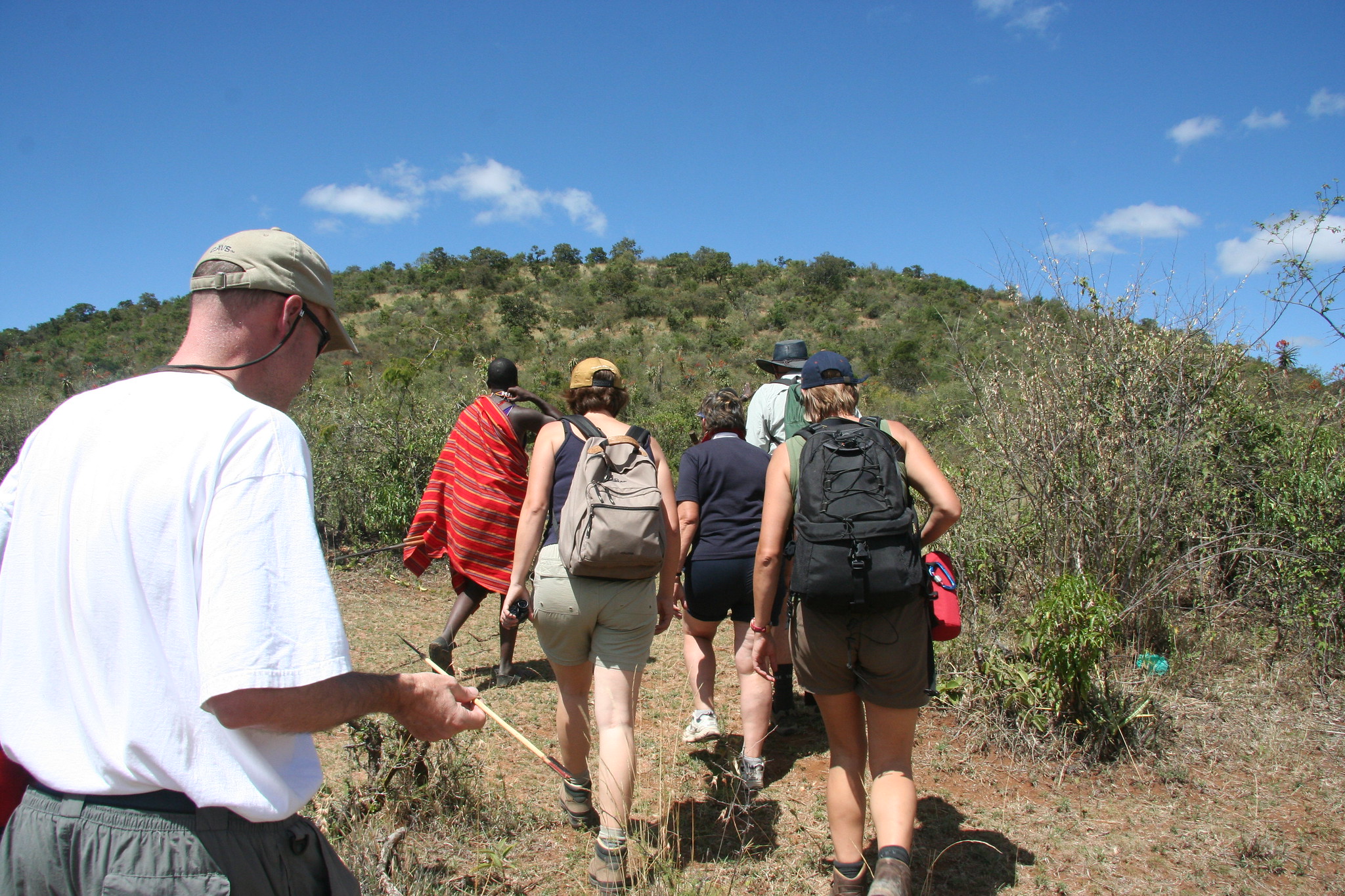
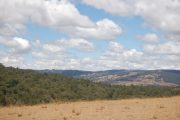
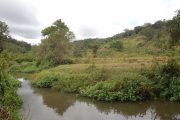
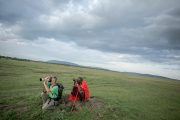
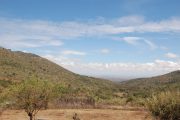
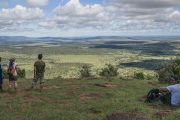
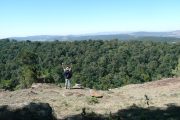
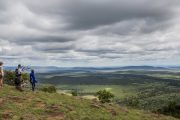
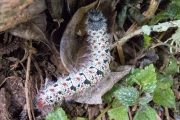
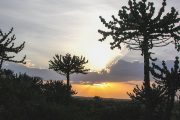
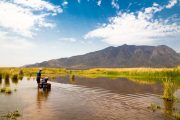
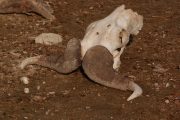
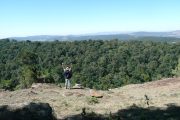
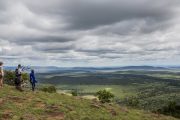
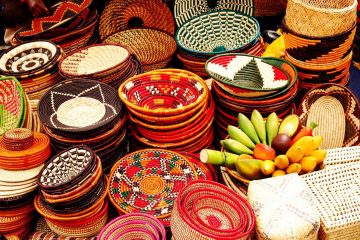
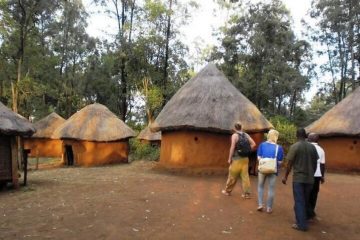
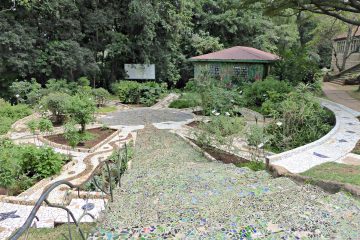
Tour Reviews
There are no reviews yet.
Leave a Review